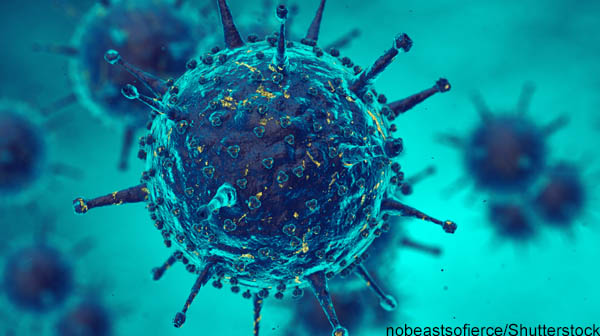
Emerging infections and pandemics recur with distressing frequency, producing devastating public health, social, and economic consequences. Historically, neither governments nor their health care systems have adequately prepared for or quickly responded when transmissible diseases with potential to become pandemic have emerged (eg, Ebola, Middle East respiratory syndrome, and severe acute respiratory syndrome).
Although the scope of COVID-19 is unusual, the threat is not. About one new disease of concern emerges each year.1 Not all of these have human-to-human transmission, but enough do to warrant careful preparation. Every year, the World Health Organization’s expert committee updates its list of the most threatening infectious diseases that lack effective treatments or vaccines. The next unknown and unnamed entity may already be lurking. Shouldn’t we prepare?
Both abroad and in the United States, COVID-19 revealed that necessary supplies such as personal protective equipment, critical care beds, and other lifesaving equipment needed to respond to such an emergency are sorely lacking. Providing these material resources by maintaining adequate stores as well as having strategies in place to increase production and prepare for surge production are essential. So, too, are advisories designed to discourage hoarding, publicize techniques to limit the overuse of scarce resources, and redistribute supplies to areas of greatest need.2,3
Keeping the health care workforce and their families safe is both a pragmatic and ethical requirement.4 The American College of Emergency Physicians, the Emergency Nurses Association, and the Society for Academic Emergency Medicine assert that emergency clinicians have an ethical obligation to provide care during outbreaks of novel infections and pandemics.5 This involves the noble virtues of courage, compassion, and fidelity. This duty, however, is not unlimited, and the duty is not absolute. Providers’ personal health status, risk assessment, and life situation may affect their ability and willingness to serve on the front lines.4 In some cases, at-risk clinicians can still assist in other ways, such as working in lower-risk clinical areas.
We already know what steps to take to limit a pandemic and have detailed plans; we just need to act on them.6–9 In part, this is dependent on honest and open reporting and information sharing early during outbreaks. Improved adherence to pandemic planning will lead to improved outcomes.
We must begin preparing for future outbreaks today. As seen during the COVID-19 pandemic, emergency physicians face bioethical issues at work, in their communities, and even in their family life. In the emergency department, they must protect themselves and their co-workers while fulfilling their duty to care for the sick. This requires making difficult, often heartbreaking, resource-allocation decisions. Using a predetermined plan designed with community input can unburden the workforce, both logistically and emotionally. Finally, in their role as professional leaders, emergency physicians must help disseminate accurate information regarding emerging and known disease and lead in mitigation efforts.
Pages: 1 2 | Single Page





No Responses to “The Next Emerging Infectious Disease May Already Be Lurking”